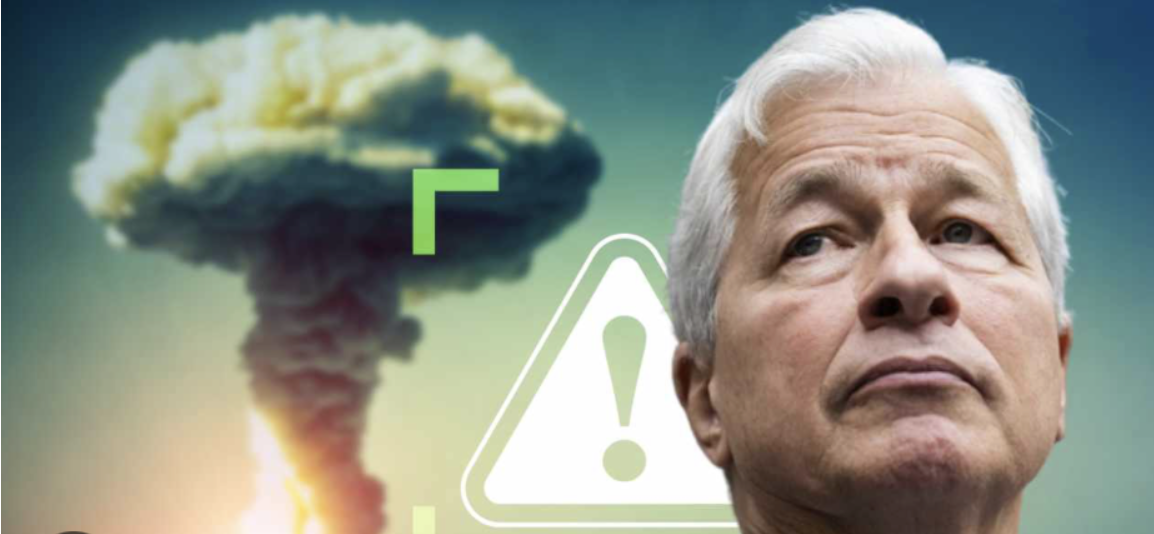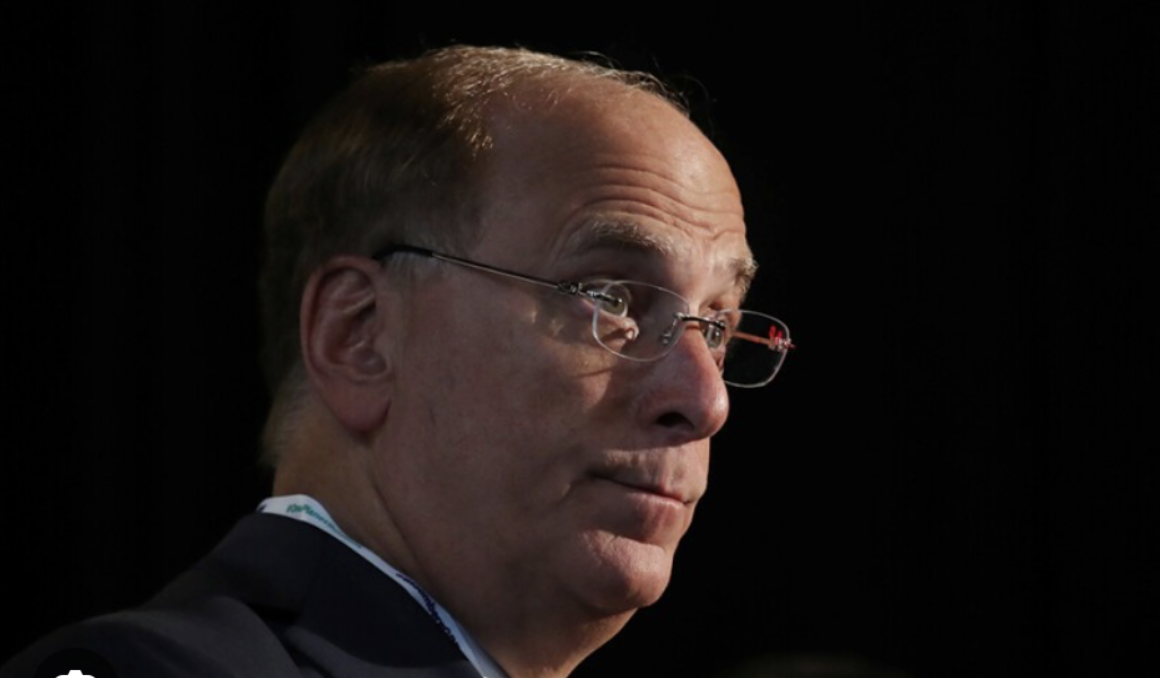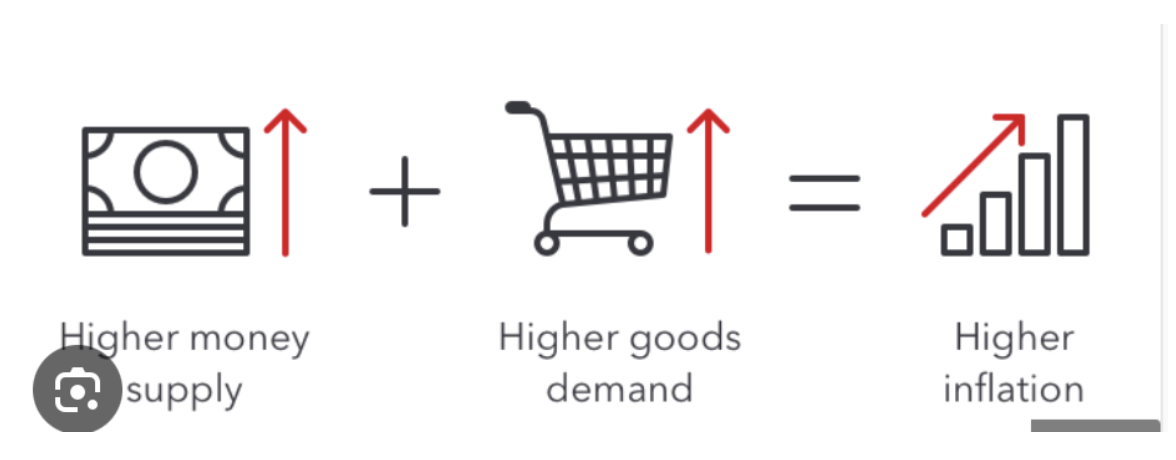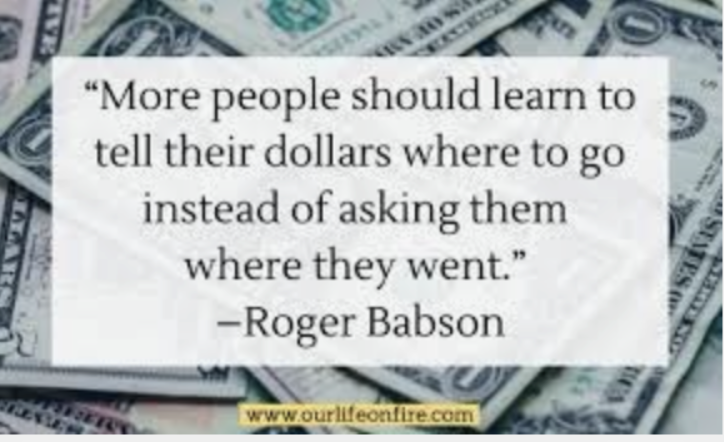
(CAN WE NOW TURN THE PAGE ON THE FED’S INTEREST-RAISING CYCLE?)
November 6, 2023
Hello everyone,
The year has dashed by.
Only about eight weeks until Christmas.
The question on everyone’s lips is: Will the market rally continue into year-end?
In crystal ball gazing, it is entirely possible. As long as we don’t keep getting battered by events out of left field. But you know what the market is like. It can climb a wall of worry very well as it is forward-looking.
It has been a mixed bag with earnings results. Some good, some not so good, and didn’t the market let those companies know when they missed the mark. An overreaction in some cases.
Earnings season is winding down. However, there are still some important reports out this week.
Nov. 6, 2023, Monday
Australia Interest Rate Decision
Previous: 4.1%
Time: 10:30 pm ET
Nov. 7, 2023, Tuesday
8:30 a.m. D.R. Horton
Switzerland Unemployment Rate
Previous: 2%
Time: 1:45am ET
Nov. 8, 2023, Wednesday
8:00 a.m. Biogen
8:00 a.m. Warner Bros.
4:30 p.m. Disney
5:00 p.m. MGM Resorts
China Inflation Rate
Previous: 0%
Time: 8:30 pm ET
Nov. 9, 2023, Thursday
US Initial Jobless Claims
Previous: 210K
Time: 8:30am ET
Nov. 10, 2023, Friday
US Consumer Sentiment
Previous: 63.8
Time: 10:00am ET
The market is working against a backdrop of conflict in different parts of the world. It seems the world is never entirely free of conflict at any one time. Religion, race, and land are at the basis of many wars/conflicts, but these explanations simplify complex underlying issues, and we mostly have to delve into history to highlight important points to gain a thorough understanding of where we are today. Though I do not have the luxury of time or space here to give a history lesson, I will draw your attention to two giants of Wall Street, who believe the world is at its “most precarious since 1938.” Jamie Dimon (JPMorgan) and Larry Fink (BlackRock) are both expressing concern about the nature of the world we live in. “Scary and unpredictable” – this is the language these giants of Wall Street are using to describe our times. At stake is the future of our world as we know it: freedom, democracy, food, energy, and immigration.
The Middle East accounts for 48% of global energy reserves and produced 33% of the world’s oil last year.
Geopolitical risk is arguably shaping all our lives. Rising fear impacts consumers. It can create a withdrawal from consumption, or it can sometimes see consumers spend more. In the long term, fear is a drag on the consumer and can ultimately lead to recessions.
Last week the Fed left rates on hold for the second time in a row after 11 hikes since March last year. Powell was unsure whether the Fed had done enough to bring inflation down to its 2% target but highlighted that it would proceed carefully. The knock-on effect of the Fed’s language was enough to bring the yield down on the 10-year U.S. Treasury bills down to less than 4.7%.
Both Dimon and Fink believe there may be long-term forces that are still inflationary at play and are conscious of the fact that rates could possibly go up from these levels. Dimon points out that there is interest rate exposure in a lot of things. And these current rates are stressing certain assets, which the market, up until now, has mostly taken in its stride. But if rates go up another 100 basis points, it will stress a wider variety of things including real estate and even some banks. Both Fink and Dimon aren’t ruling out 6% or 7% rates.
The U.S. government’s ability to finance itself in the medium term is also causing concern. After the financial crisis in 2008, the market for government debt was underpinned by huge waves of quantitative easing (QE) as the Federal Reserve bought assets including Treasuries to boost the economy. The programme was revisited during Covid but came to an end in March 2022. The withdrawal of QE together with a flat appetite for Treasuries among US banks and international investors such as China, could force the government to pay higher prices at a time of near-record borrowing. The US has issued $1.8 trillion of debt this year, the second-highest amount ever other than in the early stages of Covid. Stanley Druckenmiller and Ray Dalio have also sounded the alarm recently over the deficit. Going forward, there may be considerable headwinds the US government may have to face.
The US economy has been showing strong growth, but recent data – jobs report & manufacturing data - may now suggest that the economy is finally slowing. The Biden administration has been pumping stimulus into the system via big pieces of legislation – Inflation Reduction Act, the Chips Act, and the Infrastructure Act – which are about $970 billion of stimulus. These are designed to accelerate America’s adoption of renewables, rebuild its semiconductor industry, and increase its spending on roads, bridges, and broadband. Fink and Dimon argue that this stimulus coupled with unions negotiating 25% labour increases are inflationary. High growth, government stimulus and two wars, which are threatening to become a broader crisis – all are inflationary. So, Fink and Dimon caution us not to turn the page on the rate-rising cycle just yet – it may prove premature.
Inflation, interest rates, and the economy
Cheers,
Jacquie






